Brigantine, NJ 08203, USA apartments for rent

$15,300
Available: Right Now
Listed: 04/05/2024
Brigantine, NJ, 08203
Renovated 5 bedroom/2 bath includes front and rear decks. Home is centrally located a short walk to the beach 3, even shorter walk to the bay boat ramp and farmer’s market. Beach tags and car charger included. Minutes from Atlantic City Attractions. ...
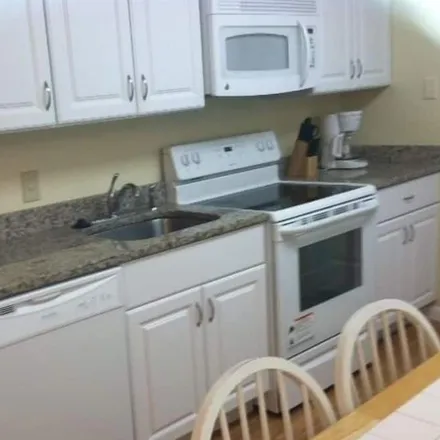
$7,080
Available: Right Now
Listed: 04/05/2024
Brigantine, NJ, 08203
Beautiful Beach Block - Downstairs Unit of Duplex. Steps to the beach. 2 bedrooms / 2 bath. Granite countertops. Off street parking. Fenced in - Large share backyard. Shared - laundry room -new front load washer / dryer. Beach Gear. Beach...
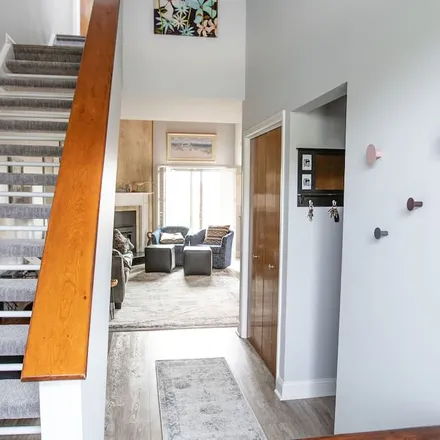
$10,500
Available: Right Now
Listed: 07/05/2024
Brigantine, NJ, 08203
A rare opportunity to combine tranquility, beach access and solar power. This newly refurbished townhome, comfortably furnished with mid-century accent pieces, rests on the edge of Brigantine’s pristine South Island dunes. Stroll on a broad mowed pat...

$13,470
Available: Right Now
Listed: 04/05/2024
Brigantine, NJ, 08203
Prime Oceanfront Location! 4019 Ocean Ave. This 3-story luxury home welcomes you for the ultimate vacation/getaway experience. This beautifully furnished and decorated beach home is located on Ocean Ave, between 40th and 41st Streets in Brigantine. D...
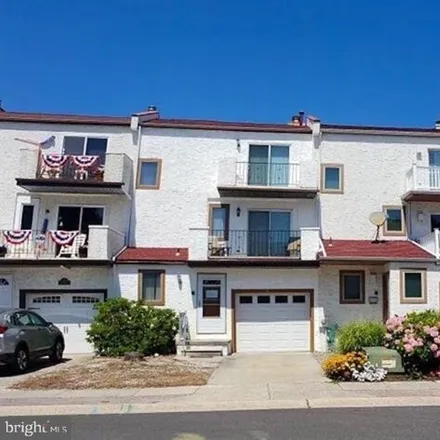
$2,500
Available: Right Now
Listed: 03/05/2024
45 Surfside Road, Brigantine, NJ 08203, USA
Come stay at this lovely 3 bedroom, 2 and a half bath townhouse, with fenced in yard, garage, 3 decks, walking distance to beach, located in the south end of the island. This home has 2, first floor bedrooms and a full bathroom, second floor is livin...
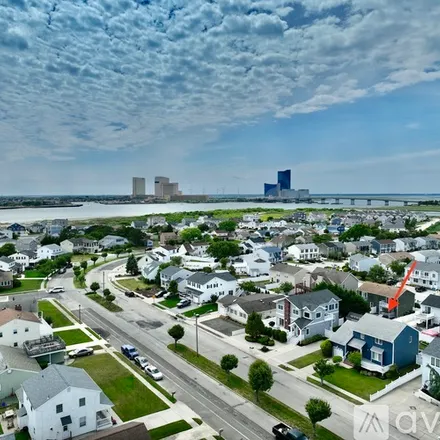
$3,150
Available: 29/07/2022
Listed: 03/05/2024
5109 Harbor Beach Blvd
Summer weekly rate *** Friday to friday ***.Walk to Brigantines Beautiful Beaches from this spacious , clean and comfortable Beach home in the Desirable Seapoint area! Enjoy outdoorliving with a big fenced in yard, BBQ and private deck ...
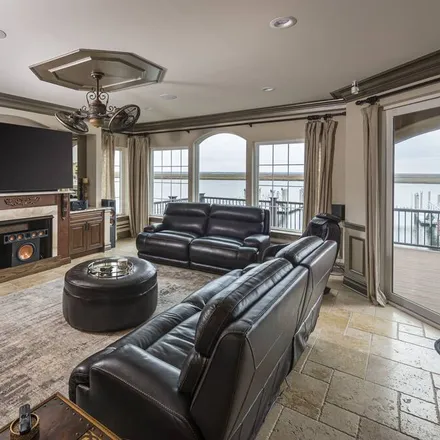
$48,300
Available: Right Now
Listed: 05/05/2024
Brigantine, NJ, 08203
Current Notice (1) Seven nights minimum. Check in time between2-4:00pm on Sunday and check out time 10:00 am the following Sunday. (2) Must be 40 +yrs old to book. Primary renter ID submission required prior booking (please submit during initial cont...
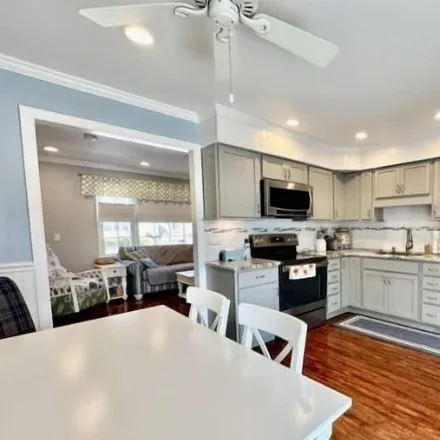
$9,210
Available: Right Now
Listed: 06/05/2024
Brigantine, NJ, 08203
Charming 2 bedroom condo, just steps away from the beach.As you step into our beach condo, you'll be embraced by the inviting ambiance of coastal decor, featuring soft hues and natural textures that mirror the ocean's calming essence. The spaciou...

$21,660
Available: Right Now
Listed: 04/05/2024
Brigantine, NJ, 08203
First floor living room, dining room, kitchen, half bath and laundry. Second floor master bedroom with queen bed, full bath and deck with ocean views, second floor mini master bedroom with queen bed and half bath, additional bedroom with queen bed, o...
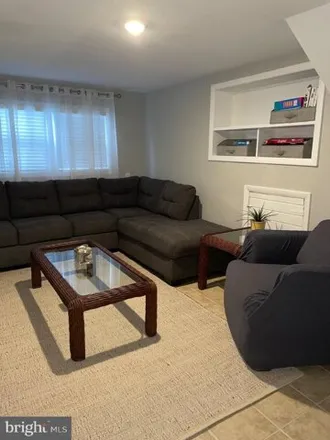
$12,000
Available: Right Now
Listed: 03/05/2024
322 29th Street South, Brigantine, NJ 08203, USA
Summer Rental in Brigantine, Relax with the whole family at our peaceful getaway. Our home is 1 block from Brigantines clean, peaceful beach. We are a 5 minute walk from the local cafe, bakery, pizza shop, and local restaurants. Located in central Br...
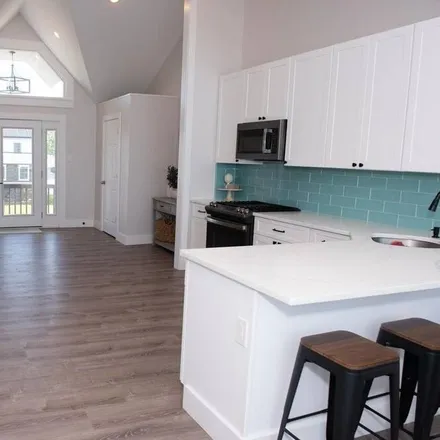
$28,500
Available: Right Now
Listed: 07/05/2024
Brigantine, NJ, 08203
Updated Single Family Home on the water with fantastic sunsets and views of the Atlantic City skyline. Home features new elevator with access from garage to foyer. Spacious kitchen with dining area and large family room. Primary bedroom suite contain...
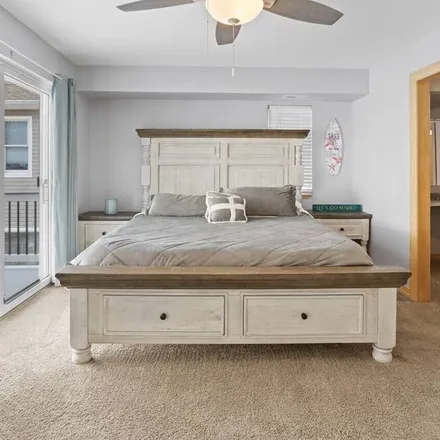
$24,660
Available: Right Now
Listed: 06/05/2024
Brigantine, NJ, 08203
Staying at this beautiful 5-bedroom, 4-bathroom home will give you the perfect getaway from all of life’s hustle and bustles. Spend your days by the nearby beach (4 blocks) or take an easy drive over to Atlantic City's Boardwalk & Beach (approx 5 mil...
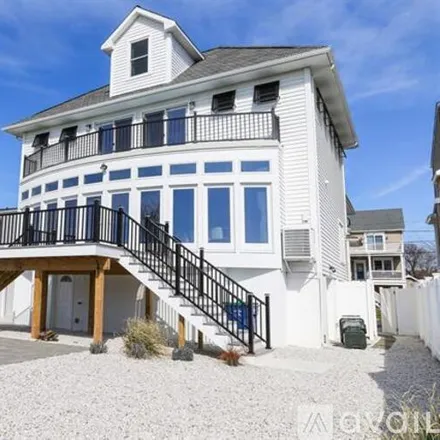
$5,000
Available: 18/05/2024
Listed: 03/05/2024
136 Lincoln Dr
Gorgeous and spacious summer rental with sweeping wide views of the Links Golf course! The 1st floor welcomes you with a family room, mudroom and bathroom. Just up the steps is the large open concept living room, dining room and kitchen, with expansi...

$16,470
Available: Right Now
Listed: 07/05/2024
Brigantine, NJ, 08203
6 Bedrooms, 4 bath & 2 KitchensExcellent for a multifamily Stays !! This home is a New Duplex Beach House, sleeps up to14 -17people including Children and Adults. with a total of 6 bedrooms, 2 new kitchens, 4 custom baths, plenty of room for larg...

$15,840
Available: Right Now
Listed: 06/05/2024
Brigantine, NJ, 08203
Sundrenched 4 huge bdrms , 2 full bath beach house with central air is just a block and a half away from the Ocean! The spacious living room has new pull-out queen sofa, brand new Pergo flooring, and leads to the renovated kitchen with shaker cabinet...

$9,720
Available: Right Now
Listed: 06/05/2024
Brigantine, NJ, 08203
Professionally cleaned in accordance with CDC guidelines in between guests. “A relaxing and comfortable home away from home” is how guests describes this tranquil 3 level beach block town-home. Island Bliss is a bright and spacious south end town...
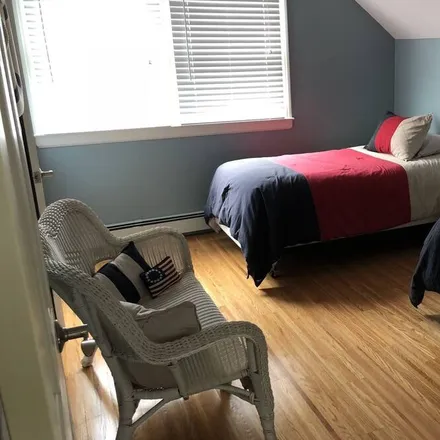
$19,500
Available: Right Now
Listed: 04/05/2024
Brigantine, NJ, 08203
Newly Renovated Central Air Conditioned Beach House w/ Two Large Outdoor Showers, Close to Beach, Shops and Restaurants. Enjoy private time with your family and freinds in this spacious home. 5 bedrooms consist of a 1st Floor Master Bedroom and Full ...
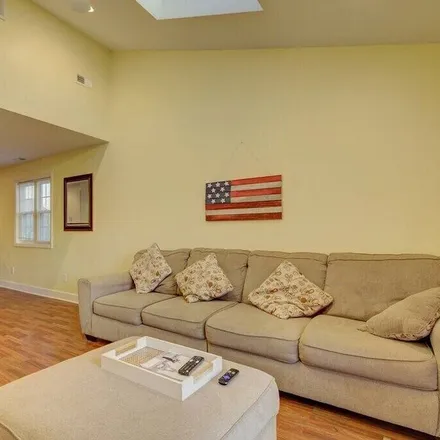
$6,660
Available: Right Now
Listed: 05/05/2024
Brigantine, NJ, 08203
Spacious & newly constructed 2nd floor decorated beach home with 3 bedrooms & 2 new custom baths (granite & stone tile). Living room with soaring vaulted ceiling, full new kitchen, washer-dryer, central air and heat, large deck. close to everything &...

$9,000
Available: Right Now
Listed: 04/05/2024
Brigantine, NJ, 08203
You must read all house rules prior to booking. (Scroll to bottom of page) Smack in the center of town !1 block to beach-Private outdoor deck to dine & socialize.Fully equipped kitchenFree p...
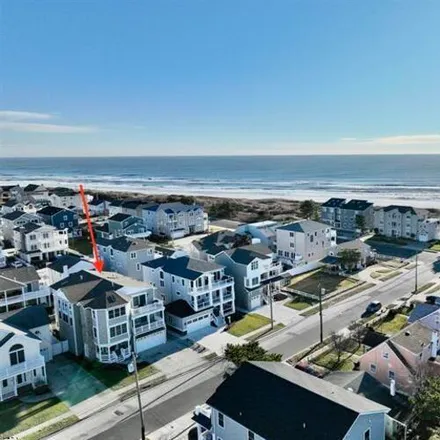
$8,500
Available: 15/05/2023
Listed: 03/05/2024
339 13 Th St S
Weekly summer rental rate !Your Summer Rental Dream...Luxurious & Stunning beach block home, unique with a Movie Theatre, a full Tuscan bar, and an Arcade! Imaginethe fun after a day at the beach! This One of Kind Home is just steps to the...

$10,050
Available: Right Now
Listed: 04/05/2024
Brigantine, NJ, 08203
Additional pictures to follow completion of renovation!Come enjoy our favorite beach destination, Brigantine! As a family we have been coming here for years, and we will never leave. We hope you enjoy our newly renovated- 2 bedroom, 2 bath 1s...
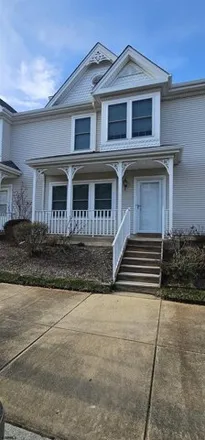
$2,500
Available: Right Now
Listed: 03/05/2024
52 Anchorage Court, Atlantic City, NJ 08401, USA
Discover the pinnacle of luxury living in this stunningly renovated two-story townhouse, boasting two spacious bedrooms and 2.5 bathrooms, each meticulously designed with modern elegance and comfort in mind. Step into a world where contemporary style...
Brigantine
Brigantine, NJ has a population of 9,164, while the median age is 56. The household income in Brigantine, NJ is around $65,724. The homeownership rate among the residents is 73%. The median residential property value in Brigantine, NJ that you should keep in mind is $348,900.